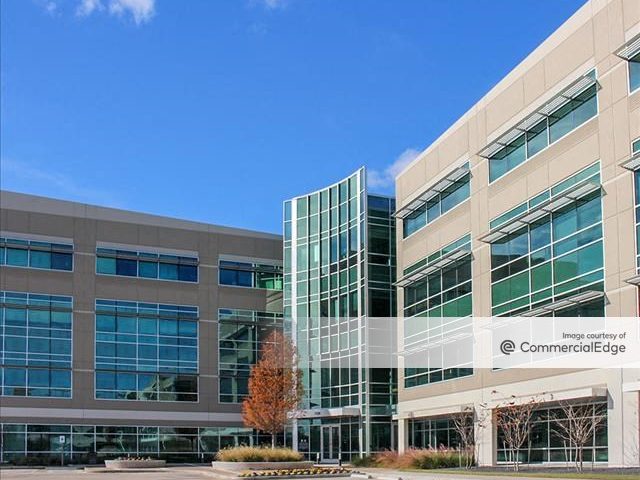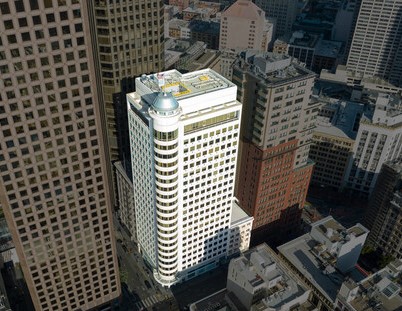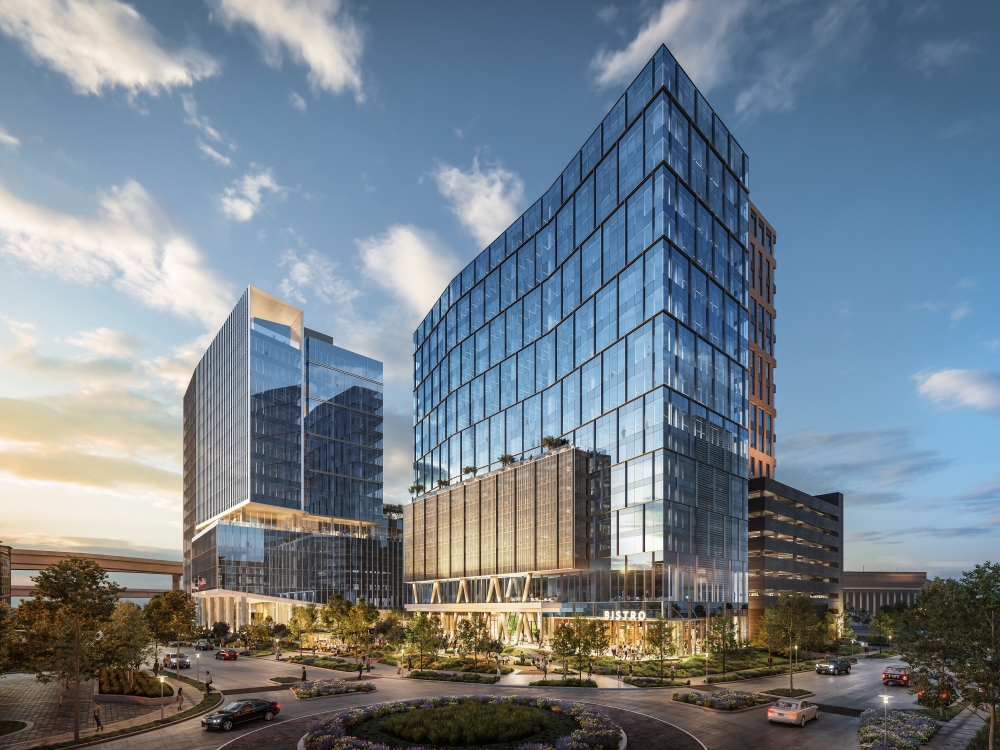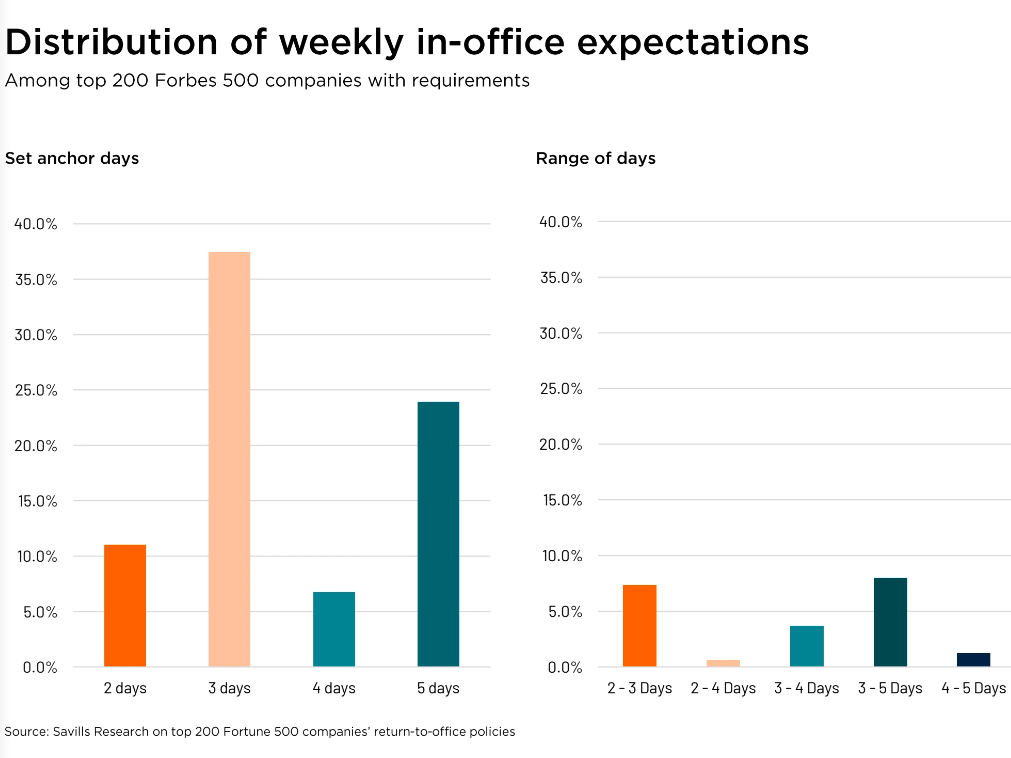CRE Investment Surges Despite Pandemic’s Persistence
A trio of reports confirm that recovery is moving in the right direction.
Commercial real estate investment volume surged to between $137 billion and $145 billion during the second quarter, according to a trio of capital markets reports from Colliers, CBRE and Newmark.
Those numbers represent a year-over-year increase ranging from 170-plus to 180-plus percent. Further, this was the third-highest volume on record for a second quarter, after 2019 and 2007, according to CBRE.
Cap rate compression, as documented in the first-quarter reports, continues. “Cap rates decreased year-over-year for nearly all sectors, with the largest decline for industrial (-19 basis points),” CBRE reports. It notes smaller declines for office, hotel and multifamily sectors, and a rise in retail, but cautioned that relatively low transaction volume a year prior makes these numbers shaky.
Another continuing phenomenon is the split between downtown office and suburban office. The former actually saw an increase in average cap rates of 59 basis points year-over-year, though the 17–basis-point decline in suburban office cap rates was enough to pull the overall average cap rate for the office sector down, according to CBRE.
Also an open-ended factor is the huge amount of dry powder waiting to be deployed. Newmark calculates that real estate funds focused on North America have amassed $234 billion—a record high—as of midyear. Opportunistic and value-add strategies lead the pack, totaling about 58 percent.
Newmark noted that “Refinancing activity as a percentage of total financing activity peaked in 2020, but remains above pre-COVID-19 levels,” at 61.8 percent at midyear. “Many landlords have taken advantage of historically low lending rates to refinance and recapitalize their properties instead of putting them on the market, particularly in property types where investor demand remains tepid.”
Sectors and metros
Miami/South Florida; Austin, Texas; Seattle; and Atlanta are tagged among the hottest metros, in part because of two oversized deals: The sale of 300 Pine St. in Seattle, and the sale of 200 W. 6th St., the Indeed Tower, in Austin, each for $580 million.
Unsurprisingly, logistics assets, particularly last-mile properties, remain very popular with investors.
Both Colliers and Newmark point to life science facilities as a sector with growing investor interest, with the latter documenting that it represents 18 percent of investor allocations to the overall office sector in the first half of this year.
In addition, Newmark singled out life science/R&D (predominantly in metro Boston, San Francisco and San Diego), medical office buildings and self storage as alternative product types that have attracted increasing allocations, specifically from institutional investors.
Pandemic: Both pro and con
The COVID-19 situation is fluid, even contradictory. The Delta variant now dominates, but that and full FDA approval of the Pfizer vaccine have helped accelerate vaccinations. Nonetheless, vaccine hesitancy and resistance remain strong in some states.
So, could the pandemic still derail a CRE recovery?
Though Delta is potentially an obstacle to back-to-work plans in the second half, “the longer-term prospects for gateway (office) markets remain positive,” Newmark says.
“The Delta surge is clearly an economic headwind, and it may weaken the near-term return to the office sector,” Richard Barkham, CBRE’s global chief economist, told Commercial Property Executive. He added, however: “We do not expect it to derail the economic recovery, or the recovery in the non-office segments of the real estate markets.”
“Office will return to positive net absorption in 2022, maybe a quarter later than we had anticipated,” he added. “Normal office work patterns have not yet resumed, and that will offset some of the headwinds from the Delta variant.”
Barkham also pointed out that “the economy was always going to slow in the third and fourth quarters; you can only reopen once, and this … anticipated slowdown should not be misconstrued as a Delta effect. The latter is real, but quite limited.”
Daniel Littman, associate director of capital markets research at Newmark, told Commercial Property Executive, “CRE’s rebound is still vulnerable … but not to the same extent as in the second quarter of 2020.”
“Industrial, multifamily and alternatives make up nearly 70 percent of total investment volume (as of the first half of 2021) and have directly benefited from the pandemic. There is also now precedent for the economic impacts of a modern pandemic and an awareness of which parts of the economy are more vulnerable to disruption,” knowledge that didn’t exist a year ago, he said.
In addition to the well-established boost the pandemic has given to e-commerce and thus to logistics assets, Littman continued, “Many alternative property types such as data centers, life science, self storage and manufactured housing have also directly benefited from COVID-19, with investors searching for secular growth and thematic trades with different risk profiles compared with traditional property types.”










You must be logged in to post a comment.